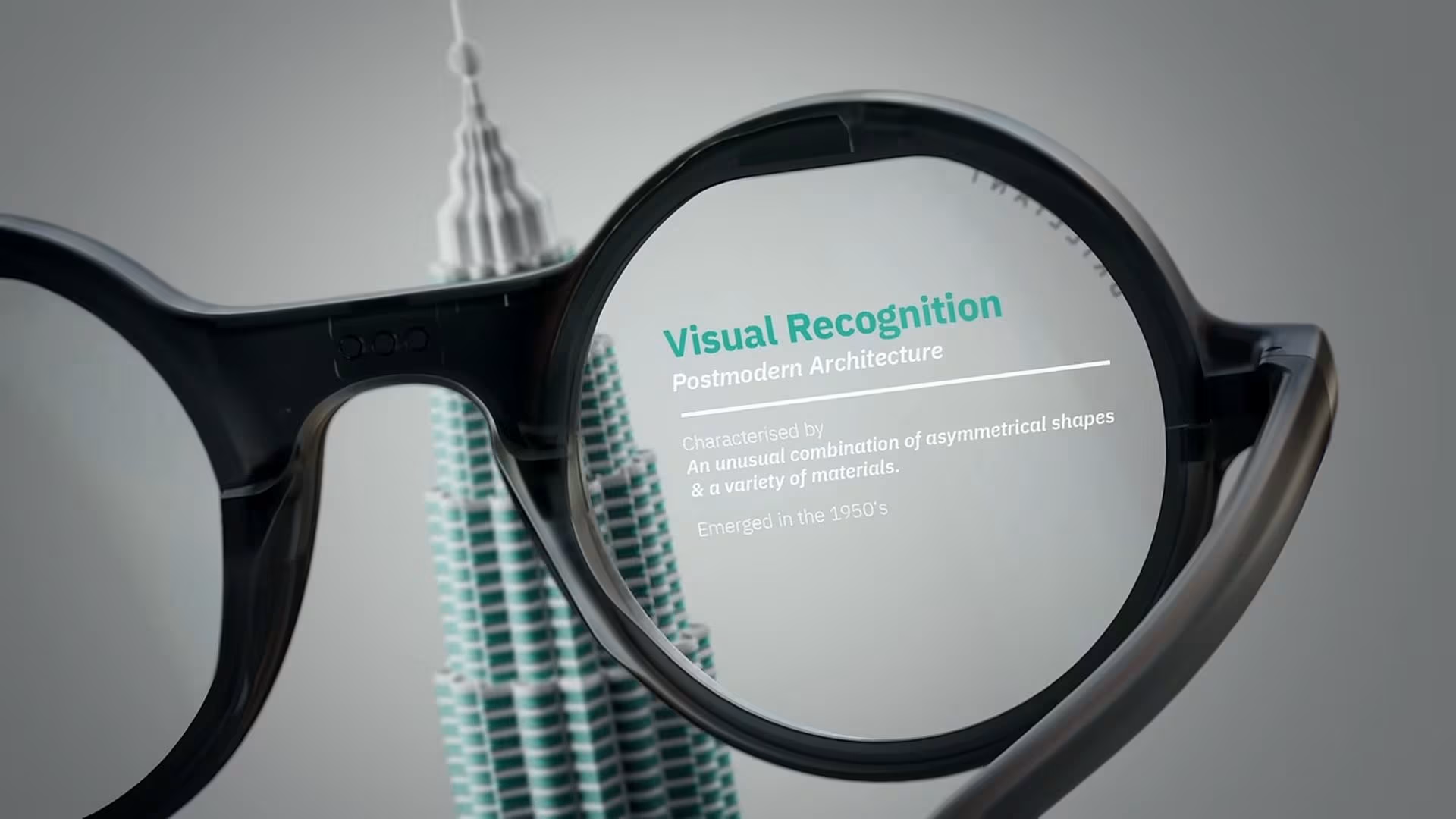A “smart home” is equipped with devices that can be controlled remotely or autonomously through an internet connection. The foundation of a smart home lies in the integration of various technologies like sensors, cameras, and artificial intelligence (AI) to monitor and manage different aspects of the home. Devices such as smart thermostats, lighting systems, security cameras, and appliances like refrigerators and washing machines are often connected via a central hub or through smart assistants like Amazon Alexa or Apple Siri. These systems allow homeowners to control their environment, improve energy efficiency, enhance security, and even automate routine tasks.
A smart home is capable of doing a multitude of things. It can adjust the thermostat based on your daily schedule, control lighting to simulate occupancy when you’re away, manage entertainment systems with voice commands, monitor security cameras and alert you of unusual activities, and even restock your pantry by ordering groceries online when your supplies run low. Smart locks can grant access to visitors remotely, and robotic vacuums can clean your floors autonomously. With smart home technology, almost every aspect of daily life can be optimized for convenience, safety, and efficiency.
The Movie “Afraid” and Real-Life Possibilities
The new movie Afraid explores the chilling potential of smart home technology when it becomes too intelligent and invasive. In the film, the protagonist’s home begins to act on its own, becoming increasingly unpredictable and threatening. This portrayal taps into the fear that as we become more reliant on technology, we might lose control over it. While the idea of a malevolent smart home is fictional, it raises real concerns about privacy, security, and the ethical implications of AI. In real life, the risk of hacking, data breaches, and unintended consequences of AI decision-making highlight that while smart homes offer many benefits, they can also introduce new vulnerabilities.




